Infrastructure Ontario (IO) provided an update on the Ontario Science Centre (OSC) closure today (July 11), reiterating why it was necessary to do so after public outcry has raised questions about the initial report’s findings.
This comes after Premier Doug Ford said yesterday (July 10) trying to repair the OSC building would be “foolish.”
The Ministry of Infrastructure (MOI) and IO initially gave an report on the status of the 55-year-old facility, located at 770 Don Mills Road in Toronto, on June 21 and announced it would be closing to the public immediately following a board vote based on a report from Rimkus Consulting Group that found serious structural deficiencies with the roof of the building.
A peer review of the Rimkus report and a related white paper on Reinforced Autoclaved Aerated Concrete (RAAC) was recently conducted by VanBoxmeer & Stranges Ltd.
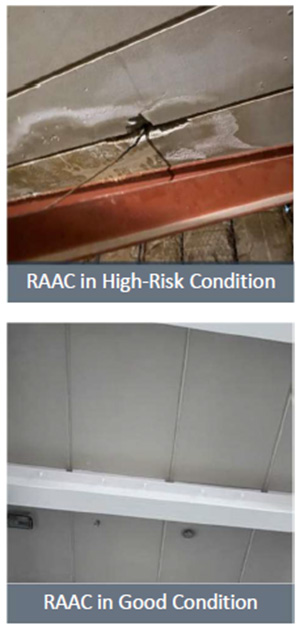
The review is standard engineering practice when a significant building issue is discovered or an important life safety issue is found.
“While there has been a focus on the roof and deteriorating panels, you will hear today that the science centre faces many significant challenges that would require nearly half-a-billion-dollars to repair,” said Minister of infrastructure Kinga Surma during a news conference.
According to a release, the peer review confirms the original engineering report was conducted in accordance with standard engineering practices.
“To conclude what they said was that they supported the methodology of the RAAC panels, they supported the delineation of the risk levels associated with the RAAC panels and more importantly, with requirements that are needed at the science centre to address both the critical and the high-risk panels by October 31, 2024,” said Jane Domenico, president of asset management and modernization, IO. “Those requirements are either reinforcement or replacement…We do have to take action on both the critical and high-risk panels this year and this action must be undertaken before the snow falls.”
‘Building must be vacant while work takes place’
The OCS is made up of three buildings, A, B and C.
Domenico said one of the issues is that Rimkus has not been able to investigate all the areas with RAAC panels.
“There is 24,000 square feet in total that is missing,” she stated. “The Building A uninvestigated area would require extremely intrusive access through reinforced concrete to actually review and assess the condition of these panels. This is very significant work, and no one can be underneath this area when this is being undertaken.”

In Building B, there is even more complexity with regard to the great hall and the auditorium.
“There are significant protective measures that need to be undertaken because we will be disrupting asbestos and potentially other hazardous materials,” Domenico explained. “This will be contained during the investigation, but this is not something that we take lightly and we have very stringent health and safety protocols that must be maintained during this period of time.”
In Building C in June, there was a roof leak right next to an area that was not investigated.
All those factors, she said, “brings us to the conclusion that we must continue this investigation to ensure the safety and security of all occupants of this building.”
Domenico discussed a 2022 Building Condition Assessment undertaken by consultant firm Pinchin.
“The use and the design and environment that these buildings sit in make this wonderful site very difficult from the point of a constructor doing the work necessary,” said Domenico. “The building condition also needs to be considered because the cost more than likely will exceed as onsite investigation would be undertaken to rehabilitate this asset.”
The Pinchin report was part of the business case and identifies different components of the overall building that are at the end of their useful life, including the window walls and exterior building envelope, electrical switchgears and distribution and the mechanical building controls systems.
Growing number of problems at OSC
Since this report was written other issues with the building have surfaced.
“What is really important to be very clear about, we cannot rehabilitate this asset unless the entire buildings are vacant,” Domenico stated.
Another issue is the pedestrian bridge, which is important to the operation of Building B, has been closed since the summer of 2022.
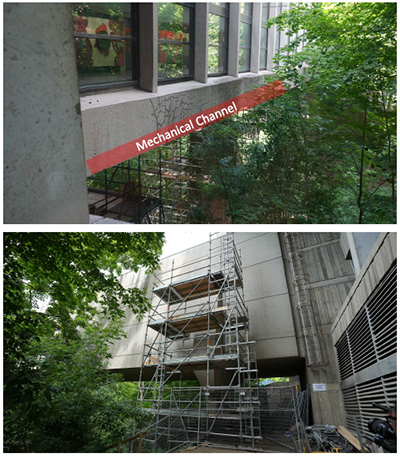
“The location of the bridge is in an extremely deep ravine with dense forest surrounding it,” Domenico said. “It makes it very difficult for construction and materials to be brought in to address this.”
There has also been a heat line failure to Building B.
“We do not have any way to access Building B, so if there was a fire it would be extremely dangerous and we’re not willing to have people in the building with lack of heat past a certain time period in the fall,” Domenico noted.
On April 18, the provincial government announced the OSC will move to the redeveloped Ontario Place as an anchor tenant. Construction is expected to begin in 2025, with an opening slated for 2028.
In the meantime, a request for proposals has been issued to identify an interim site for the facility.
Follow the author on X/Twitter @DCN_Angela.


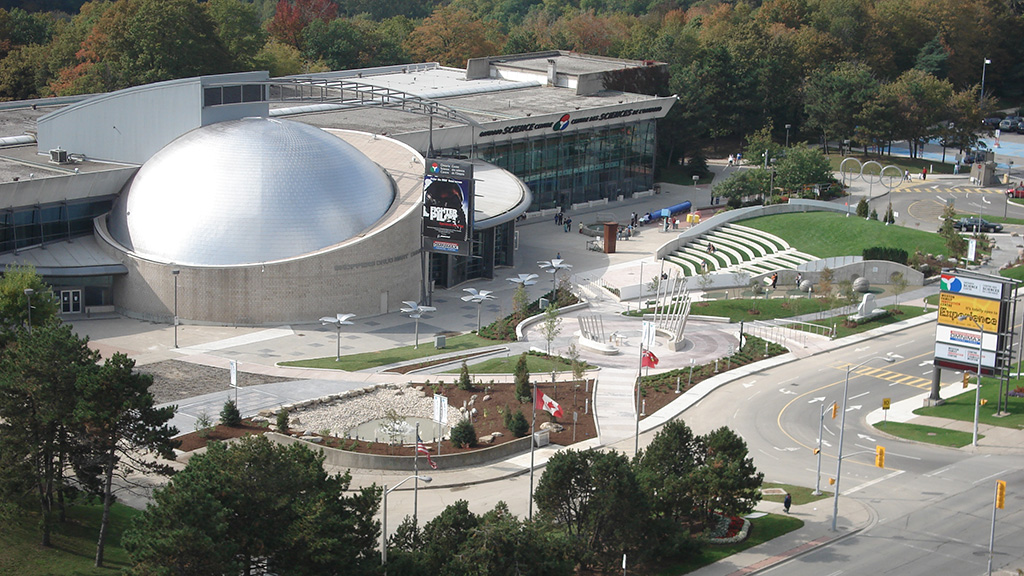
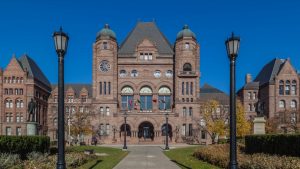


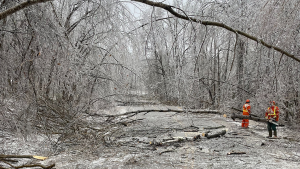



Who does Doug Ford want to sell the current OSC property too? This should be one of the questions being asked.